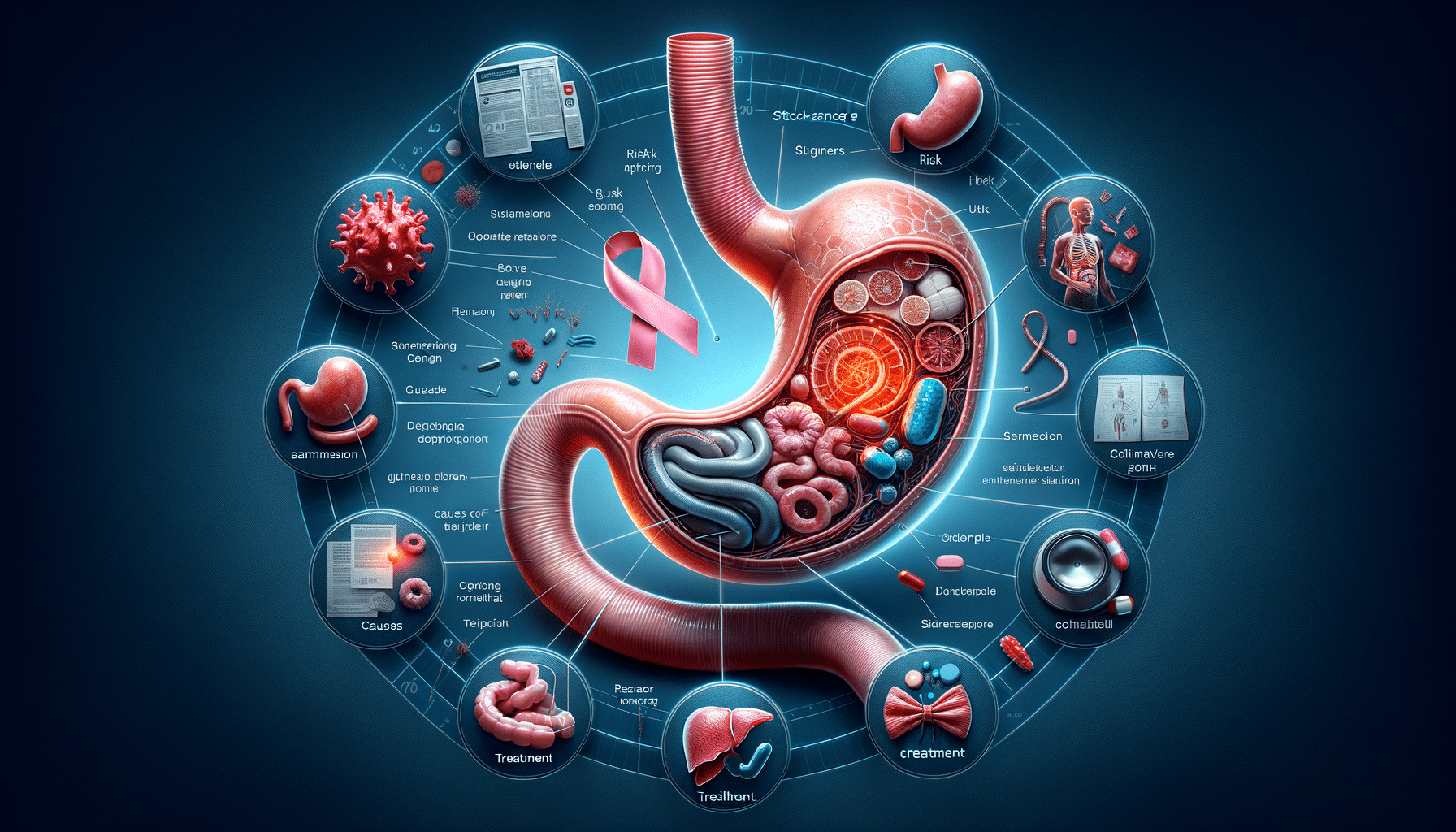
Your Guide to Spotting and Treating Stomach Cancer Early
Introduction to Stomach Cancer
Stomach cancer, also known as gastric cancer, is a condition that can develop slowly over many years. Often, it goes unnoticed until it has progressed to an advanced stage, making early detection crucial. Understanding the early signs and symptoms, risk factors, and available treatments can significantly impact outcomes for those affected. This guide aims to provide comprehensive information to help you recognize potential warning signs and seek timely medical advice.
Early Signs and Symptoms of Stomach Cancer
Recognizing the early signs of stomach cancer can be challenging, as they are often subtle and easily mistaken for less serious conditions. Common symptoms include persistent indigestion, heartburn, and discomfort in the abdomen. Patients may also experience unexplained weight loss, a feeling of fullness after eating small amounts, and nausea. As the disease progresses, more severe symptoms such as difficulty swallowing, vomiting, and the presence of blood in stools or vomit may occur.
It’s important to note that these symptoms can be caused by conditions other than stomach cancer, such as ulcers or infections. However, if you experience persistent discomfort or indigestion that does not improve with standard treatments, it is advisable to consult a healthcare professional for further evaluation.
Risk Factors and Causes
Several risk factors can increase the likelihood of developing stomach cancer. One of the primary factors is infection with Helicobacter pylori, a bacterium that can cause chronic inflammation in the stomach lining. Other risk factors include smoking, a diet high in salty and smoked foods, and a family history of the disease. Additionally, certain genetic conditions, such as hereditary diffuse gastric cancer, can predispose individuals to this type of cancer.
Age and gender also play a role, with most cases occurring in people over 55 and more commonly in men than women. Understanding these risk factors can help individuals make informed lifestyle choices to potentially reduce their risk of developing stomach cancer.
Treatment Options for Stomach Cancer
Treatment for stomach cancer depends on the stage of the disease, the patient’s overall health, and personal preferences. Common treatment options include surgery, chemotherapy, radiation therapy, and targeted drug therapy. Surgery is often the primary treatment for early-stage stomach cancer and may involve removing part or all of the stomach. Chemotherapy and radiation therapy are typically used to shrink tumors before surgery or to kill remaining cancer cells afterward.
In recent years, targeted therapies have emerged as a promising option for treating stomach cancer. These drugs specifically target cancer cells, minimizing damage to healthy cells and potentially reducing side effects. Immunotherapy, which helps the immune system recognize and attack cancer cells, is also being explored as a treatment option for certain cases.
Conclusion: Take Action to Protect Your Health
Stomach cancer can be a daunting diagnosis, but understanding the early signs and symptoms, risk factors, and treatment options can empower you to take proactive steps in managing your health. If you experience persistent gastrointestinal issues, consult a healthcare professional to rule out serious conditions. Early detection and treatment are key to improving outcomes and enhancing quality of life for those affected by stomach cancer.
By staying informed and vigilant, you can better protect yourself and your loved ones from the potential impacts of this disease. Remember, don’t ignore your gut instincts — literally. Persistent discomfort or indigestion might be more than it seems.


